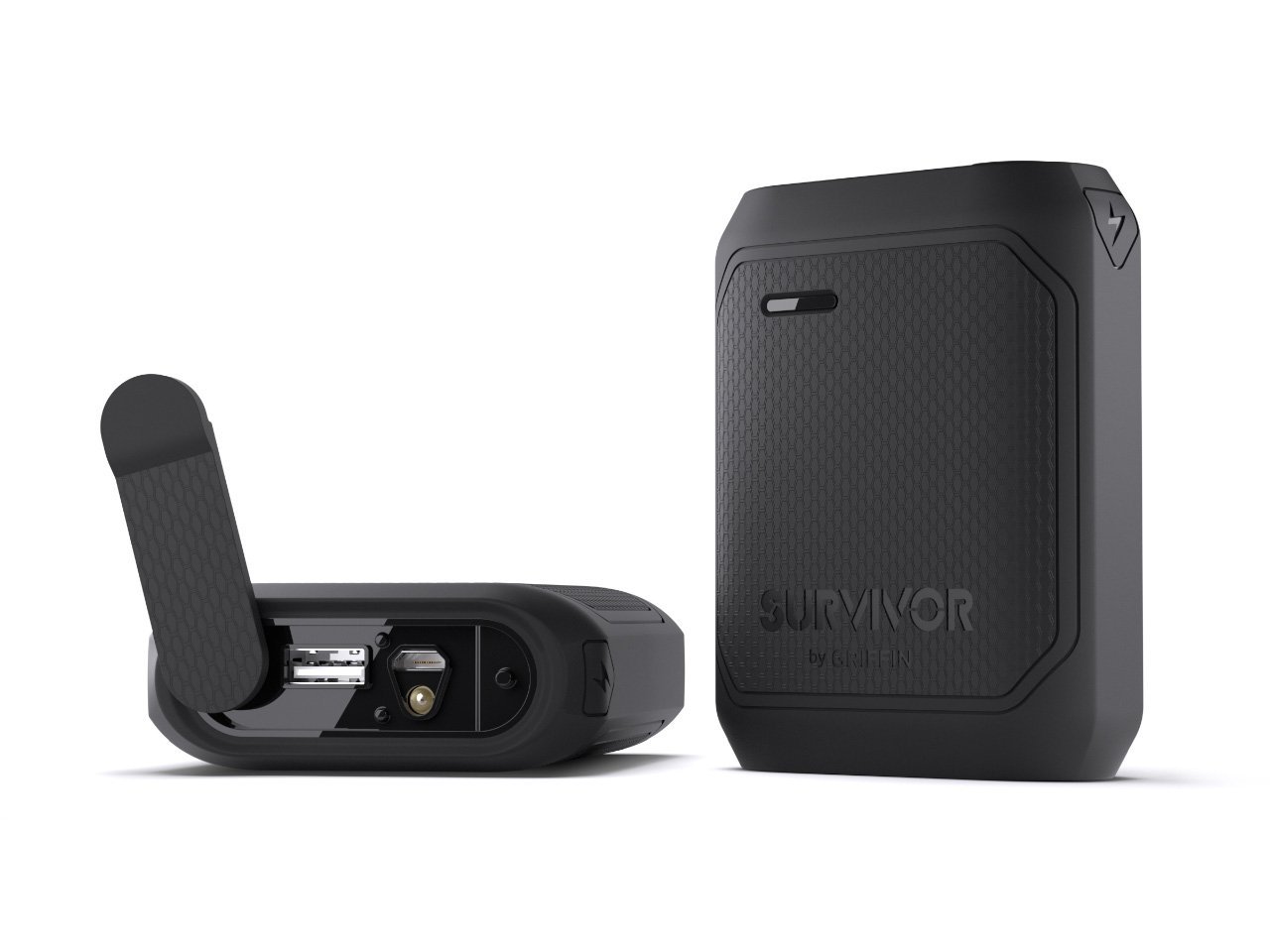Trygger Polarizer Filter Lens Clip for iPhone 5 Review
/
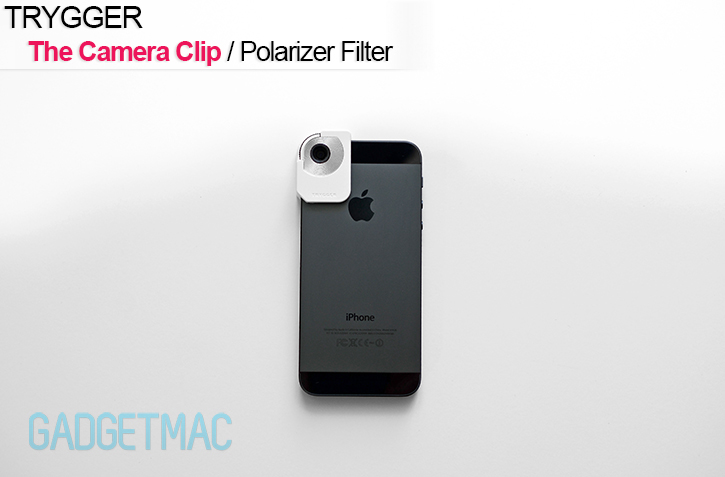
Accessory makers are stopping at nothing to find ways that could improve your stock device and unlocking its true potential. And this time that particular accessory comes to us in the form of a camera lens attachment geared exclusively for the iPhone 5. A company by the name of Trygger, brought its so called The Camera Clip adapter for the iPhone 5 to market thanks to Kickstarter, where the company just barely made it above its funding goal of $10K. Kickstarter has become an important platform in which great products come into fruition and find themselves on retail shelves because of demand and interest by people like us, the consumers.
Like the notable olloclip 3-in-1 lens adapter, Trygger is hoping to fill in the void and the need for a polarizer filter that would hopefully improve the quality of your photos with the tried and true help of polarizer lens filter. Should you say goodbye to your wide angle lens adapter, and start putting a polarizing filter on when shooting with your iPhone 5? Let's find out!
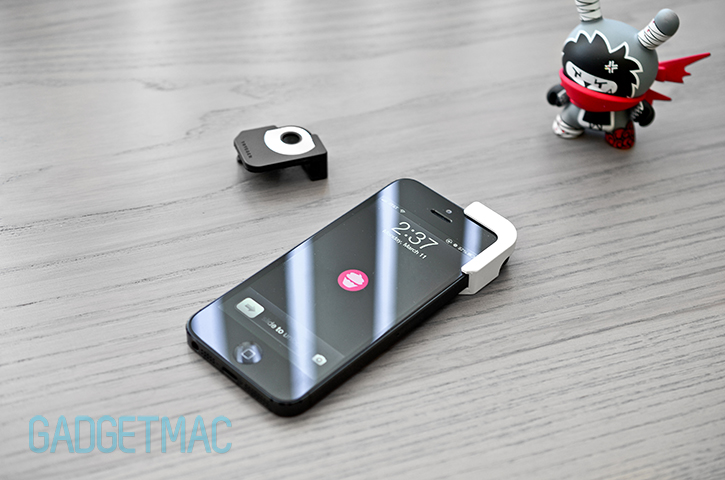

Trygger's The Camera Clip is a nicely designed, and conveniently pocketable $40 quick-attachment lens accessory which comes in the form of a clip-on module that like the olloclip, effortlessly slides onto one corner of the iPhone 5 where it sits directly over the back facing camera. The clip itself is entirely made out of polycarbonate plastic except of course for the glass lens. It comes in white and black colors, each featuring a smooth and soft rubberized finish. The idea behind The Camera Clip is to use it as a polarizer filter just like any ordinary threaded filter for DSLR lenses, only that it comes in the form of a clip. It even comes inside a clear, rounded protective filter casing with a foam inlay to sort of strengthen the concept of using a filter.


Every photographer knows the usefulness of a polarizer filter, it's nothing new nor magical. Trygger's The Camera Clip is nothing more than a standard polarizer filter, and it works just like a circular polarizing filter you'd thread onto the end of your camera's lens. Once clipped on, The Camera Clip does exactly what you'd expect it to do. And that's cutting down on glare found on surfaces and objects, or should I say eliminates it all together to produce a clear picture without any overexposed hot spots.
The iPhone 5's iSight camera will automatically adjust its exposure settings for you, but if you tap to focus on an object on a sunny day, the background such as the sky instantly becomes overexposed. The advantage of using a polarizer in this case is that you can dictate a more balanced result. You do this using the intensity adjustment. Like a normal circular polarizer filter barrel, twisting the scroll wheel controls how much light is filtered out by the circular polarizer lens as it turns around whilst gradually affecting the intensity.
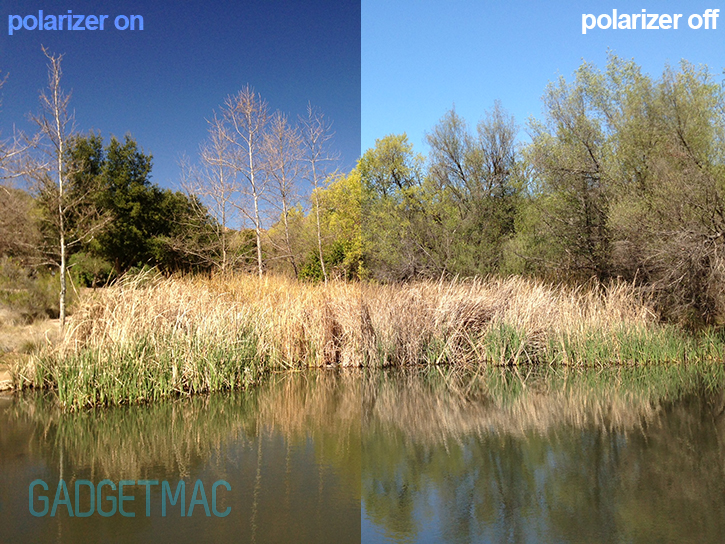
With the help of the polarizing filter inside The Camera Clip adapter, you'll notice that bright whites are toned down and a lot more defined. Skies take on a deeper blue hue instead of seeming hazy and lack contrast. Clouds especially are a great example of when a polarizer filter helps in reducing the blob of bright whites into a defined object with lots of detail. Unfortunately, the skies at the time of testing were cloud-less. Results vary depending on the conditions, but our test image above shows you the difference the polarizer filter adapter makes.
The polarization effect reduces glare by a great deal, improves the contrast and overall boomafies the scene bringing back detail in overexposed areas. But at the same time it also dulls the photograph out of its natural tones. In this case, the water in our test photo is without its natural reflective nature showing the blue sky above. One thing to note, there's significant noise introduced into the quality of the photo followed by some sepia tint caused by the polarizing filter. Which leads me to believe that this isn't a very good polarizer filter, and the quality isn't great once viewed on a large display. Either that or the iPhone 5's sensor simply cannot handle the filtered light properly.

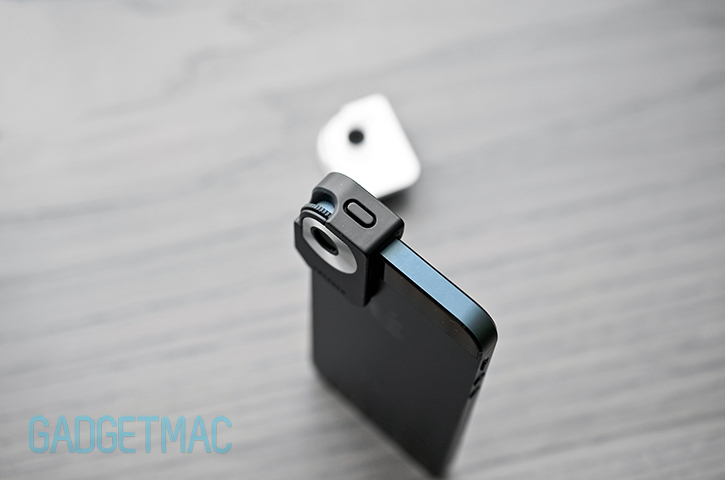
And then there are a few caveats that should be pointed out. There are no cutouts for the LED flash nor the iSight microphone. While you could shoot video with the polarizer filter attached, it won't be any good without sound. On the plus side, there's an integrated sleep/wake button which is a nice touch considering you can put your iPhone 5 to sleep without having to remove the Trygger clip.
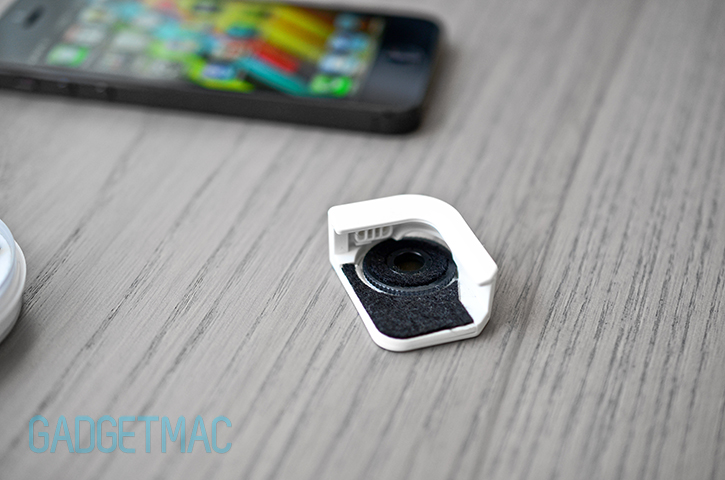
The interior is lined with a black felt material so that the clip can snugly slide into position without moving while also making sure not to scratch the finish on your iPhone 5. I noticed that some of the strains of felt fibers tend to pull towards the lens which could result in poor artifacts in your photos. So you'll need to be careful in ensuring that the felt interior isn't fraying on top of the lens. This is obviously a poor choice of material to use in such a delicate area.

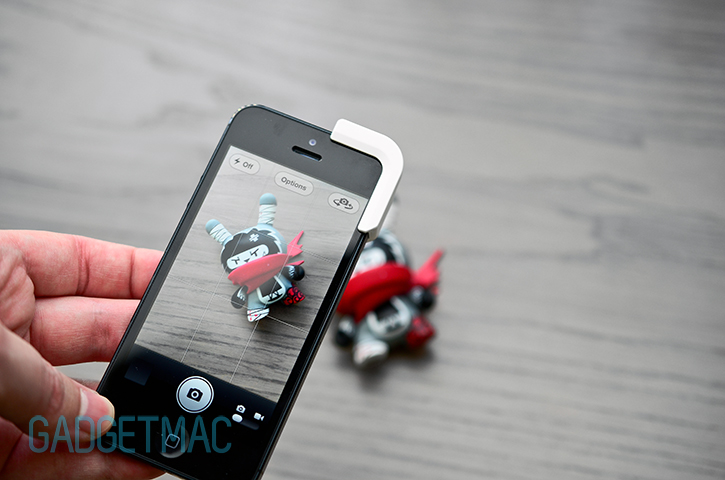
Should you start putting a polarizer filter on when shooting with your iPhone 5? Well that depends on the scenario at the time of shooting. Is this filter as good as some of the ones you put on your DSLR lenses? No it isn't, but as far as getting the job done with a noticeable difference in results, I'd say it's worth a try if you see the need for such an add-on.
But then there's another drawback to using Trygger's The Camera Clip, which is that being a clip-on module it obviously isn't compatible with protective case nor tempered glass screen protector. And that's exactly the problem with the olloclip as well which is another hot Kickstarter item. That being said and speaking of the latter, I honestly don't think this polarizer filter lens clip is more useful than the interchangeable all-in-one olloclip lenses. Unless you find yourself taking a bunch of sunset photos, then an adapter like this would be nice to have around.
If only the Trygger camera clip came in the form of a wide angle lens plus a polarizer filter to boot, then we'd have something more enticing to talk about. The results prove that the polarizing filter does indeed work as advertised, however, it doesn't produce high quality results. For an extra $30 you can grab yourself an olloclip if you love using your iPhone as your point-n-shoot. Otherwise, do yourself a favor and upgrade to a standalone digital reflex camera where a polarizing filter will be most beneficial.







